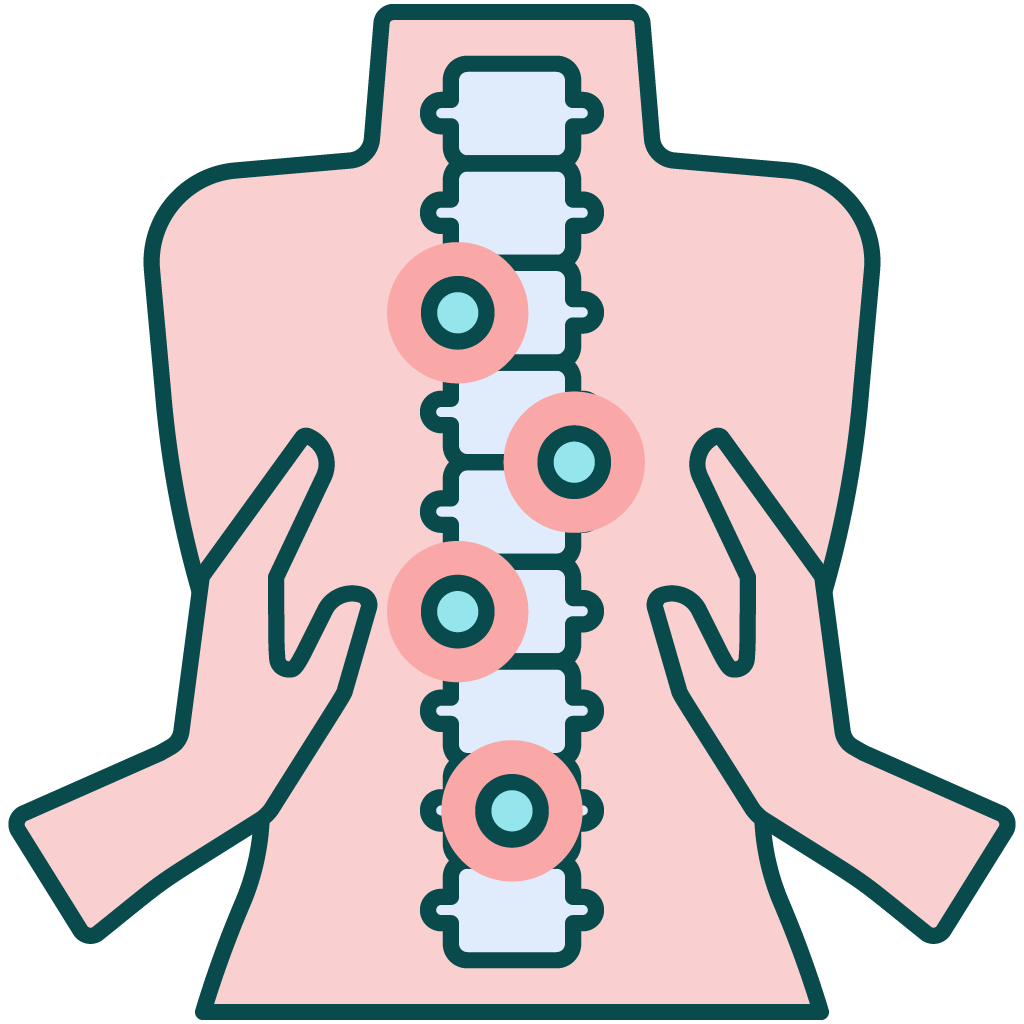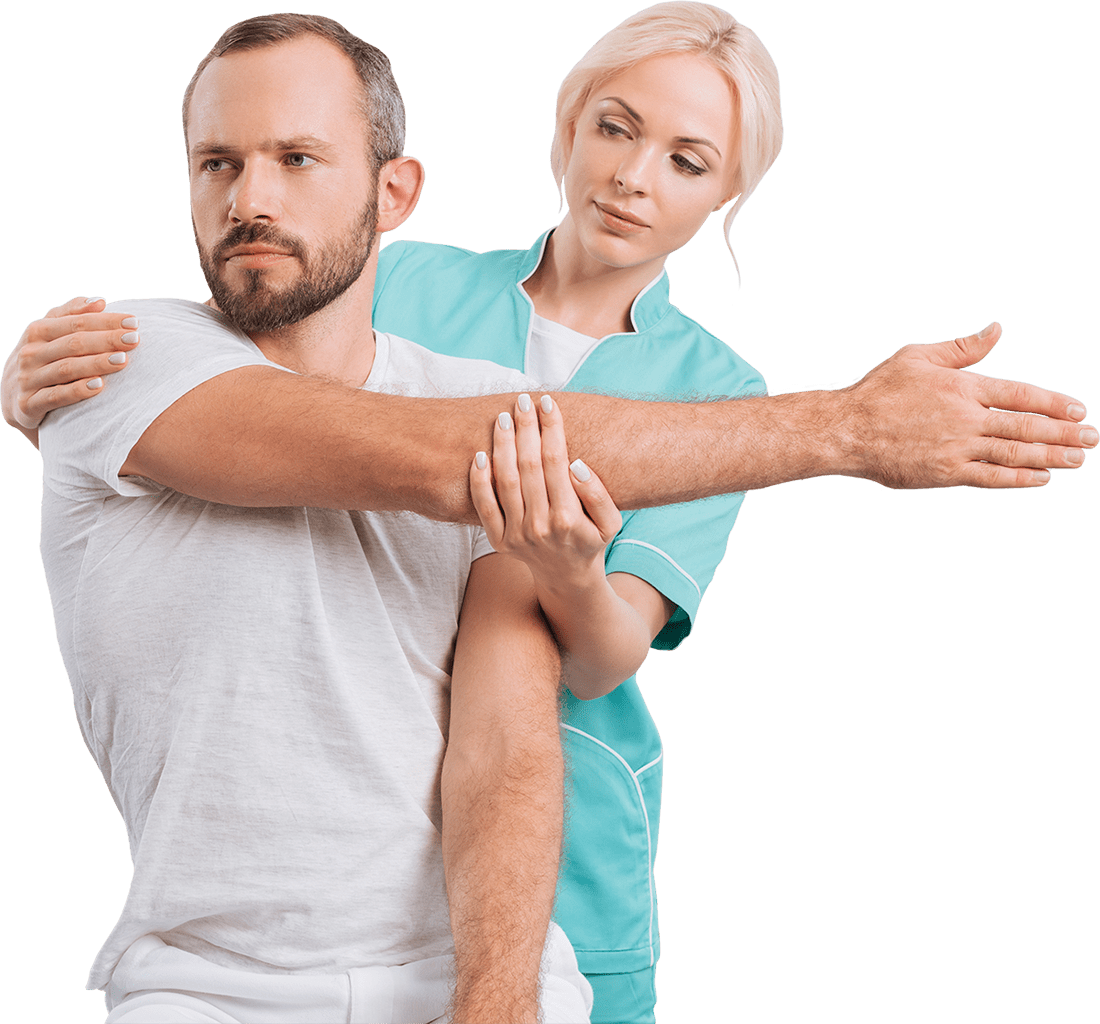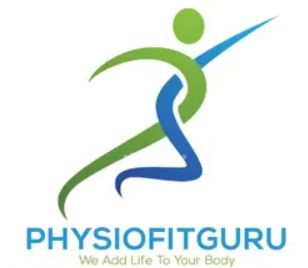0
/ Experience

Knee Joint
Knee Osteoarthritis-is typically the result of wear and tear and progressive loss of articular cartilage.
Treatment
- Advanced modalities like SHOCKWAVE, SCANNING LASER
- Exercise therapy-
- Initial stage- pain-free active range of movement
- Muscle conditioning- strengthening (closed and open kinetic chain) and stretching exercises
- Manual therapy- Mobilisation, Manipulation, Dry Needling, Rigid/ Kinesio Taping.
- Functional/ ADL Training
- Gait training
- Balance and Proprioception Training
- Meniscal injuries-Meniscus tears are a very common knee injury, especially among athletes. Sudden twisting movements can tear the cartilage in the knee joint.
- Anterior Cruciate Ligament (ACL) Injury-The ligaments which attach the upper leg bone (femur) to the large lower leg bone (tibia) create a hinge joint called the knee, over-stretching or tearing of the anterior cruciate ligament (ACL) in the knee can lead to such injuries.
- Posterior Cruciate Ligament (PCL) Injury-This ligament prevents the tibia from moving too much and going behind the femur. A PCL injury (which may also be called hyperextended knee) is a partial or complete tearing or stretching of any part of the posterior cruciate ligament. The PCL is usually injured by overextending the knee (hyperextension).
- Terrible Triad- The unhappy triad, also known as a blown knee among other names, is an injury to the anterior cruciate ligament, medial collateral ligament, and meniscus.
- Patello-Femoral Pain Syndrome-is pain at the front of the knee, around the kneecap. The kneecap also is known as the patella. Patellofemoral pain syndrome is sometimes called runner’s knee. It’s more common in people who run and who play sports that involve running and jumping. The knee pain often increases when running, walking up or down stairs, sitting for long periods, or squatting.
Rating & Review
4.6
4.6/5
40 Ratings
5
4
3
2
1
5
4
3
2
1
Other Services

